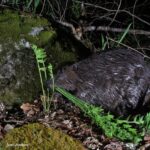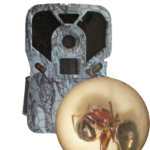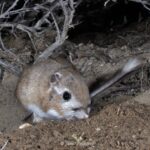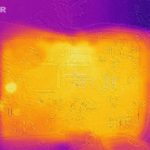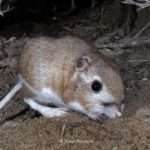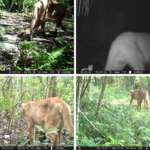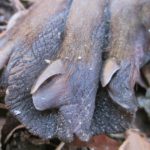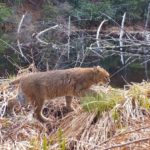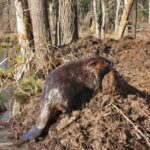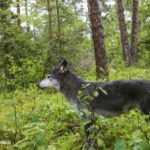Beaver Food and Feeding Habits
In my first post on this topic, Tree Preferences of the Beaver, I summarized the basics: that beavers (Castor canadensis) prefer most deciduous trees over conifers, that some hardwoods are more desirable than others, that aspen is the all time … Continue reading →

